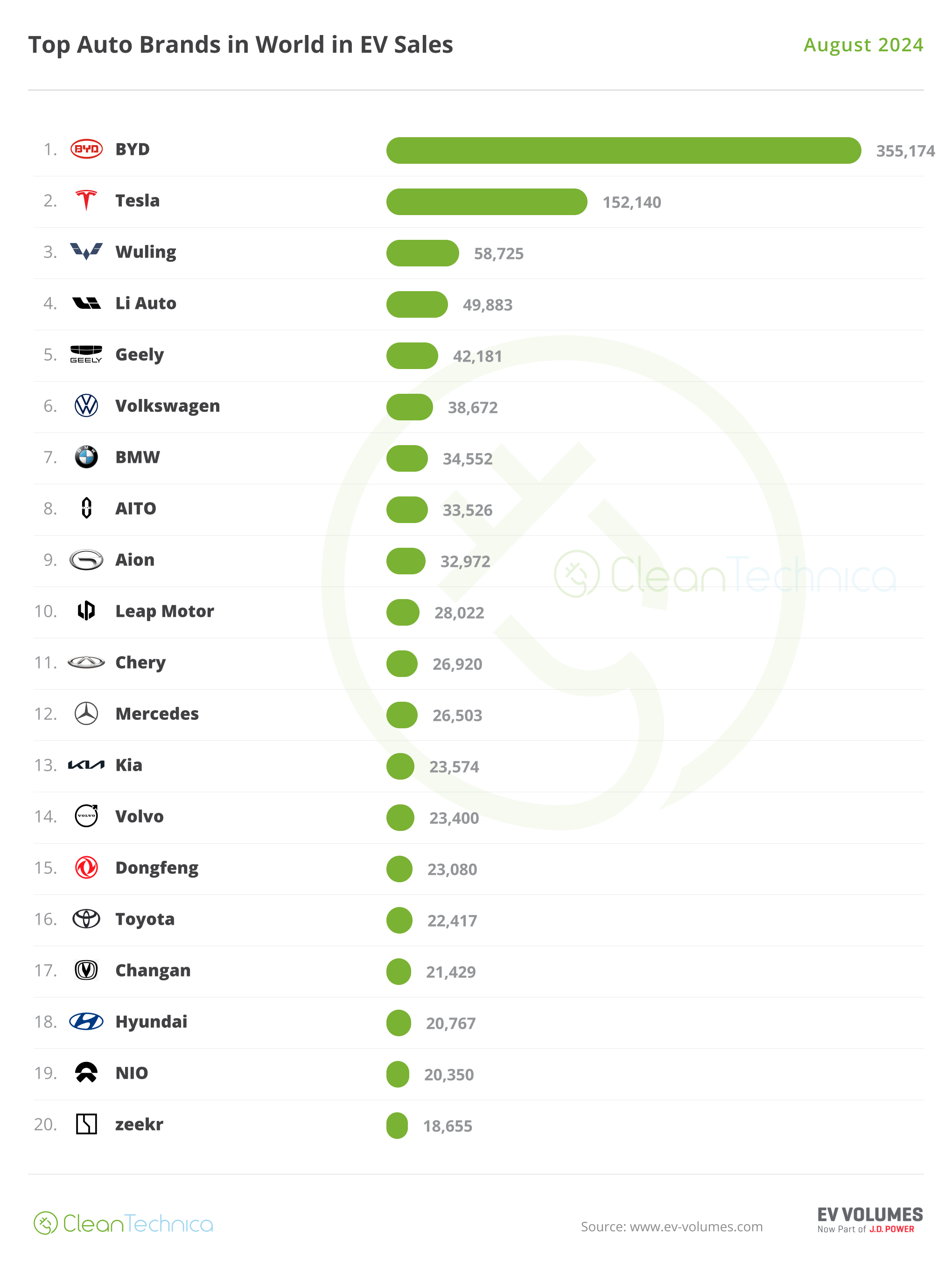Support CleanTechnica’s work through a Substack subscription or on Stripe.
Goal Zero has been working to establish itself as the portable power solution for outdoor enthusiasts for years now. You can find them on the shelves of REI and many similar outdoor equipment stores as part of that push.
Most of their solutions are extremely portable and lightweight, pairing a compact portable battery with a portable, folding solar panel. In recent years, Goal Zero has moved into larger portable power stations, and now with the Yeti Pro 4000, they are hoping to find a permanent place in your home.
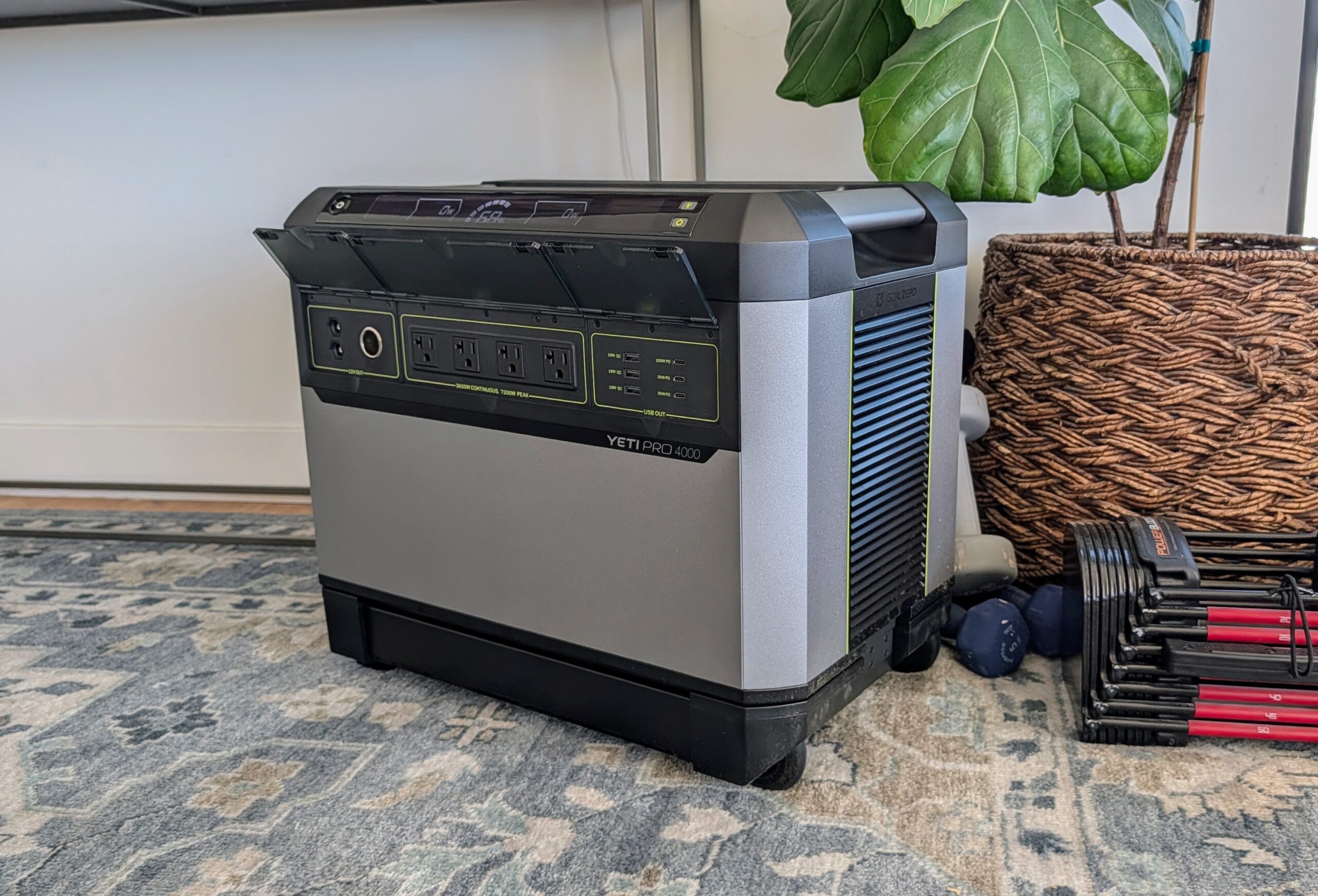
Disclaimer: Goal Zero sent the Yeti Pro 4000 to the author for the purposes of this review.
The Goal Zero Yeti Pro 4000 is a 4 kWh portable power station that pushes the boundaries of the term portable. It tips the scales at over 100 lb and comes with a detachable wheeled trolley that makes this otherwise unmanageable battery pack somewhat more portable. The trolley comes with an extendable luggage style handle that is clearly strained under the load of the battery.
It was designed to be portable by definition, but it’s primary design objective was clearly to be installed semi-permanently in your home as a backup power solution. In this configuration, the trolley would be removed and additional battery packs would be mounted below the Yeti Pro 4000 in a tower configuration.

When it’s set up this way, it can be wired directly into your home’s electrical system with Goal Zero’s Home Integration Kit. It’s a neat solution because you can wire it into your home, letting you tap into all of its stored capacity to provide backup power to your home.
If you’re looking for a bit more adventure in your life, you can simply remove the Goal Zero Yeti Pro 4000 from the battery stack and install it in your vehicle, RV, or trailer, taking your portable power solution with you. You can even purchase a remote screen that lets you control the unit from up front even if you install the battery at the rear of the vehicle. They also make a separate kit for use in a vehicle which they call the Yeti Pro 4000 Escape Driveable, which includes the screen and wiring with the battery.
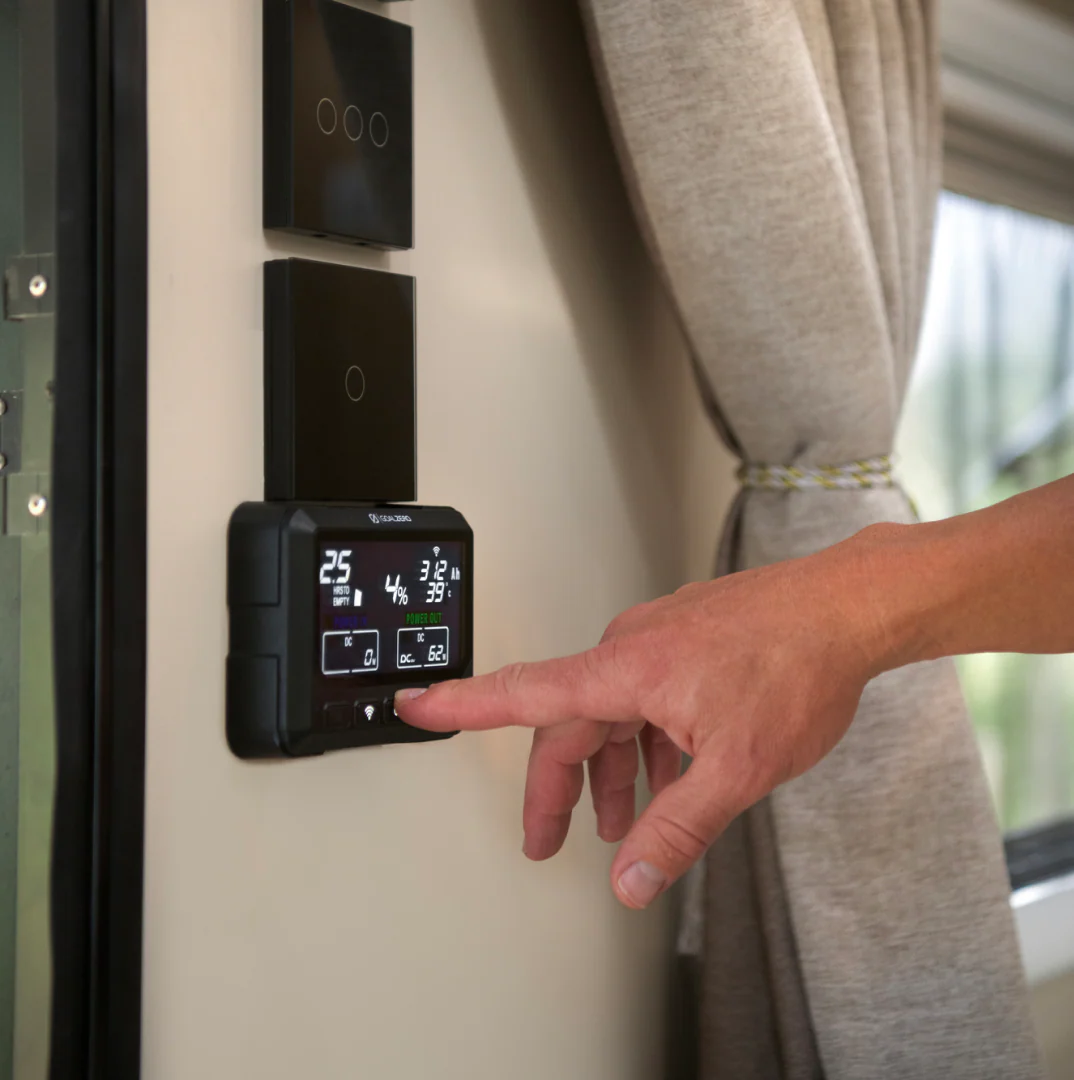
This ability to serve double duty at home and on the road will surely make it easier for homeowners to justify the purchase. Similarly, you could purchase the Yeti Pro 4000 and add additional battery modules later if you find that they would be helpful or you find them on sale.
What it lacks in portability it makes up for in its rugged build quality and expansion capabilities. You can add up to four of Goal Zero’s 5 kW expansion packs for a total of 24 kWh of storage capacity.
It can also be wired directly into a subpanel to provide backup power to specific circuits in the home in the event of a power outage. That makes it capable of replacing stationary energy storage units in the home.
Charging the Yeti Pro 4000
When it comes to charging the Yeti Pro 4000, it can gulp up 1,800 watts of power from a standard AC outlet. That’s effectively the max power you can get from US outlets, so there’s not much hope of going higher in any unit regardless of the technology.
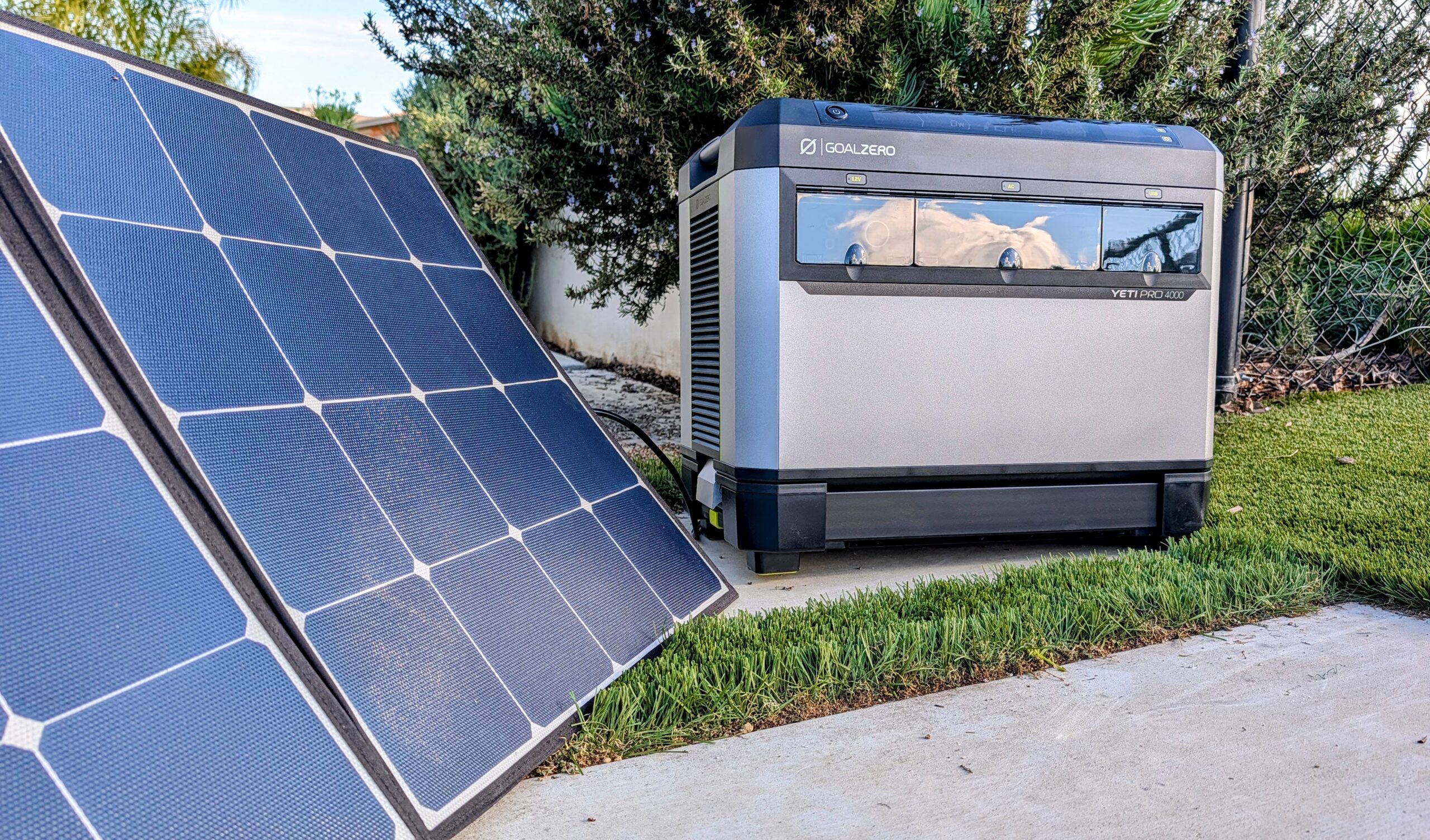
If you’re looking for more sustainable feedstock, the Yeti Pro 4000 can accept up to 3,000 watts of solar. That alone makes it a solid contender as the primary energy storage system for an off grid cabin.
It can also be recharged using a standard 12v DC automotive adapter, or even directly wired into a combustion vehicle’s alternator for more power.
Using the Yeti Pro 4000
The Goal Zero Yeti Pro 4000 can push out 3,600 watts of continuous power with a surge capability of up to 7,200 watts. That means you can run just about everything in your house off of it except for maybe your electric car charger, your air conditioner, and your electric stove.
We tested it with everything from an electric cooktop, to a high power blender, to an electric convection oven and it powered them all independently without blinking. It’s rated for the power and in our testing, it lived up to the claims.
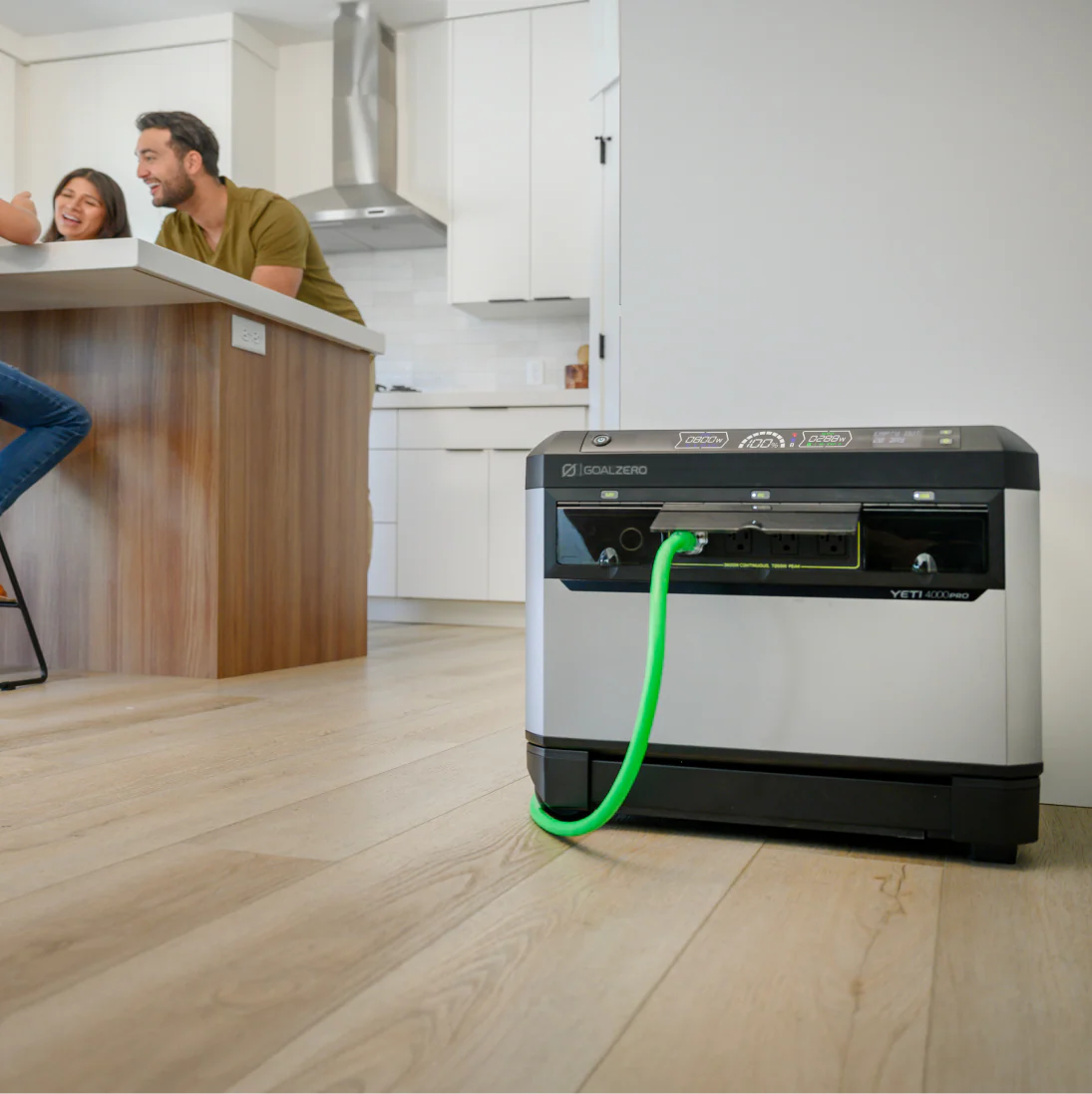
Because of its LFP chemistry, the Yeti Pro 4000 is rated to support 4,000 charge cycles. That’s the equivalent of charging and discharging it every single day for more than 11 years. Suffice it to say that the Yeti Pro 4000 was designed with longevity in mind.
Overall
The Goal Zero Yeti Pro 4000 is an impressively capable unit. I consider it to be a semi-portable unit mainly due to its hefty 116 pound weight. It was designed to be able to be used as a portable power station when you need it to be but to also be semi-permanently installed in your home for the majority of its life.
From the customer reviews on its own site, the Goal Zero Yeti Pro 4000 was clearly plagued with early issues. Though, those largely seem to have been sorted out in the newer reviews. In our testing, we didn’t encounter any of the software issues encountered by many reviewers, but this should definitely be taken into consideration before buying. We ran several appliances off of the Goal Zero Yeti Pro 4000 for several days continuously and it was flawless, but your mileage may vary.
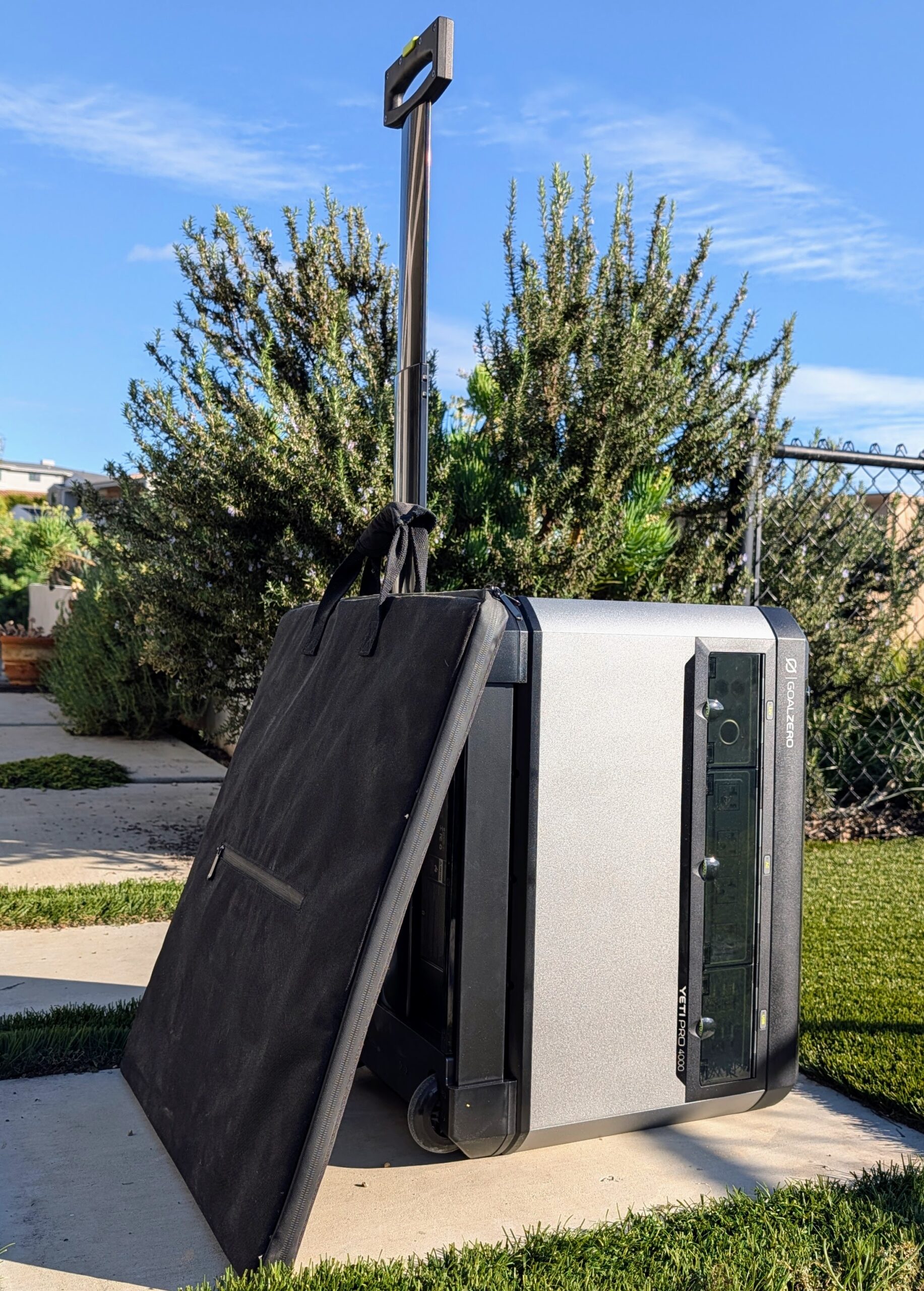
At $3,399.95, the Goal Zero Yeti Pro 4000 isn’t setting any new records on the pricing front, but as of this writing, we are seeing it on sale for between $2,300 and $2,500 at different retail locations on the internet. At those prices, it’s a decent value and its modularity makes it easier to justify the purchase.
Head over to Goal Zero’s website for more information about the Yeti Pro 4000 or to pick one up for yourself.
Specs
Input/Output
- AC Fast Charge: 1,800W, 90V-144V, up to 15A
- Power+: 1,800W, 90-144V, 15A
- HPP High Voltage Input: 3,000W Max, 13.3-150 V, up to 40A
- 8 mm Low Voltage Input: 275W Max, 12.3-28 V, up to 10A
- Expansion Port For use with Tank Pro 4000: 100A, 100V Max
- Power+ (Pass-Thru): 3,600 W, 90-129 V AC, 60 Hz, 30 A
- Power+ (Output): 3,600 W, 120 V AC, 60 Hz, 30 A
- Accessory Port (Input and Output): 56 V DC, 100 A
- USB-A x 3: 18 W 5-12 V DC Up to 3 A
- Total Combined USB-A Output: 54 W
- USB-C (100 W): 100 W 5-20 V DC Up to 5 A
- USB-C (30 W x 2): 30 W 5-20 V DC Up to 3 A
- Total Combined USB-C Output: 160 W
- 12 V Auxiliary Power Port: 162 W, 13.5 V DC, 12 A Continuous, 40 A Surge (100 ms)
- 12 V High Power Port (HPP): 405 W, 13.5 V DC, 30 A Continuous, 40 A Surge (100 ms)
- 12 V 6 mm Output Port x 2: 135 W, 13.5 V DC, 10 A Continuous, 40 A Surge (100 ms)
- Total Combined 12 V Output: 375 W
- AC: 3,600 W Continuous, 7,200 W Surge, 120 V AC, 60 Hz, 30 A via a pure sine wave inverter
- Single Port AC: 2,400 W, 120 V AC, 60 Hz, 20 A via a pure sine wave inverter
- AC via TT-30R: 3,600 W, 120 V AC, 60 Hz, 30 A via a pure sine wave inverter
- Total Combined Output: 4,189 watts
General
- Dimensions: 21.4 x 13.8 x 14.8 in / 54.3 x 35.1 x 37.7 cm
- Dimensions (with cart): 21.4 x 13.8 x 18.1 in / 54.3 x 35.1 x 45.9 cm
- Weight: 115.7 lb / 52.5 kg
- Weight (with cart): 125.7 lb / 57.0 kg
- Charge Temperature Range: 32 to 125.6 F / 0-52C
- Discharge Temperature Range:-4 to 140 F / -20 to 60C
- Warranty: 5 years
Battery
- Cell Chemistry: LiFePO₄
- Battery Pack Capacity: 3,994 Wh (51.2 V, 78 Ah)
- Single Cell Equivalent Capacity: 1,248 Ah @ 3.2 V
- Cycle life: 4,000
- Shelf Life: 12–18 months
Sign up for CleanTechnica’s Weekly Substack for Zach and Scott’s in-depth analyses and high level summaries, sign up for our daily newsletter, and follow us on Google News!
Have a tip for CleanTechnica? Want to advertise? Want to suggest a guest for our CleanTech Talk podcast? Contact us here.
Sign up for our daily newsletter for 15 new cleantech stories a day. Or sign up for our weekly one on top stories of the week if daily is too frequent.
CleanTechnica uses affiliate links. See our policy here.
CleanTechnica’s Comment Policy


